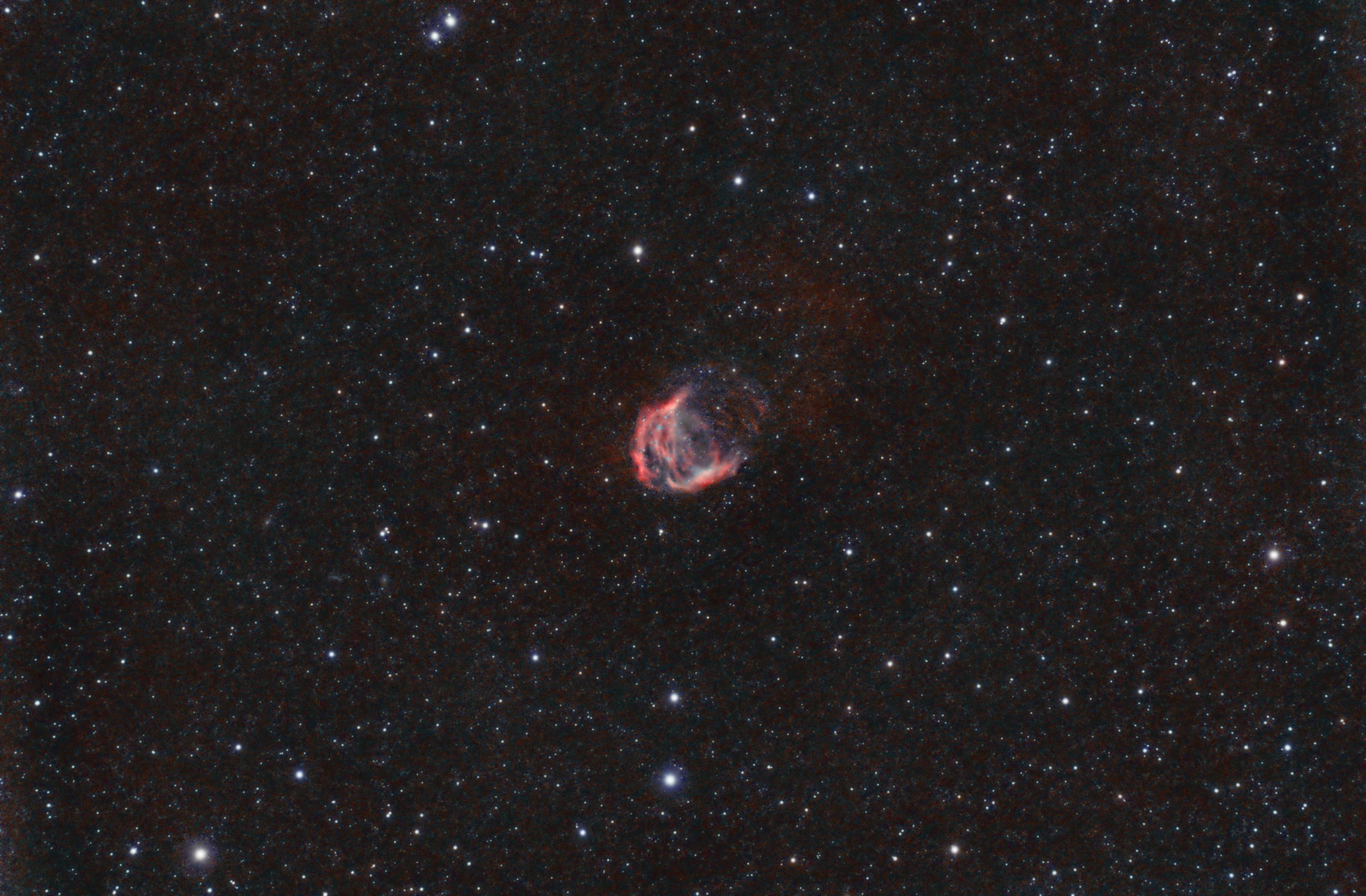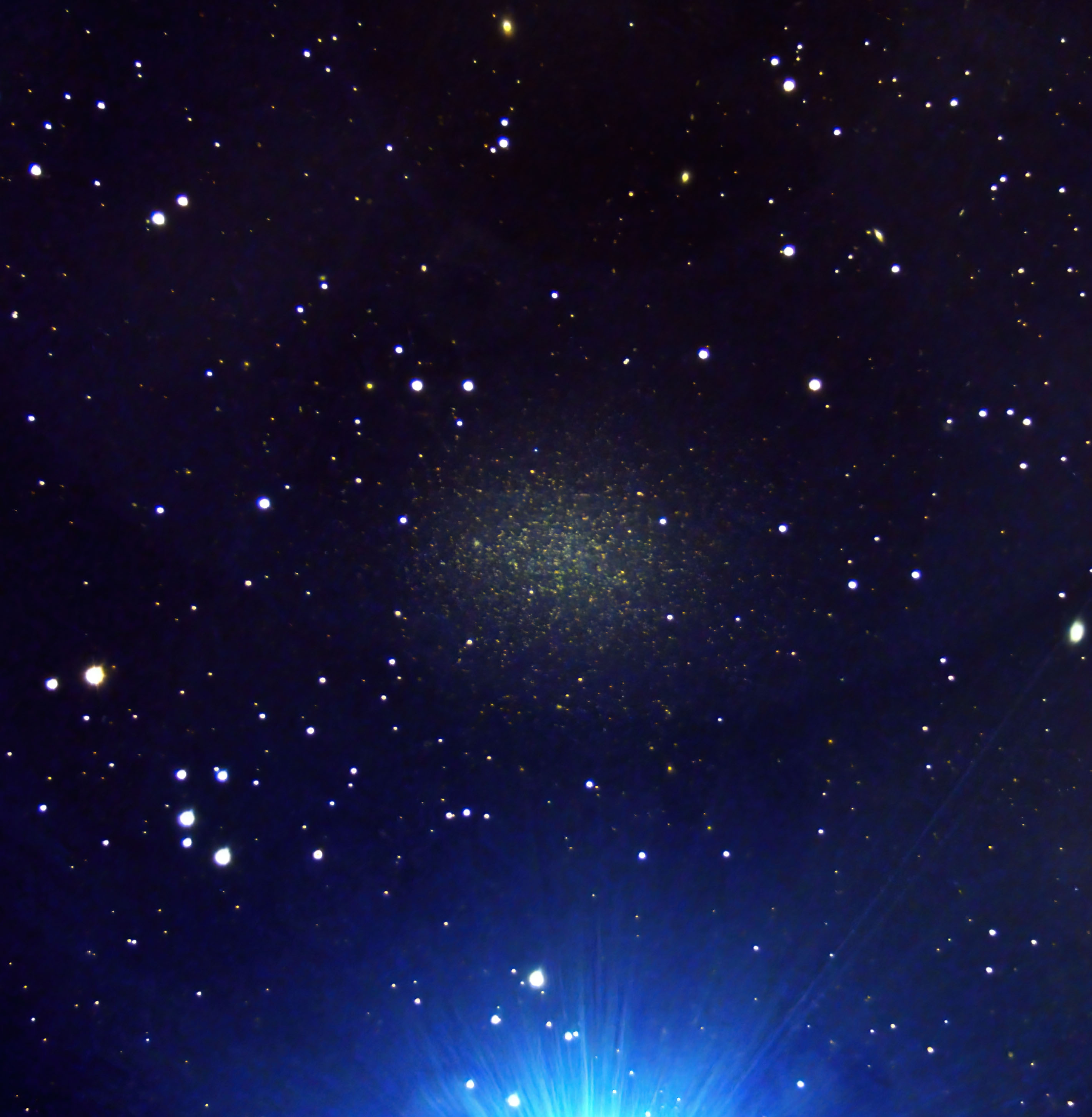2022 February 28
DeepSky Update – 2022 February
I am looking forward to the Section Meeting by Zoom this Saturday (March 5th) – I hope you have it in your diary to attend. This meeting has been carefully planned to not clash with any 6 Nations rugby – so no excuses! Of course the meeting will be recorded and be available on YouTube afterwards if you can’t make it, or just want to watch again.
Speakers this year will be well known to many in the Section – Owen Brazell and David Davies, and I am sure there will be something of interest to all. Hopefully next year (2023) we will be able to get together in person.
The full details for the meeting are:
Programme
14:00 – Welcome
14:05 – Observing Clusters of Galaxies – Owen Brazell
14:55 – Fumbling in the Dark: Exploring the Deep-sky through Imaging – David Davies
15:45 – Deep Sky Section update – Callum Potter
16:15 – Close
To join the interactive Zoom webinar please click on:
https://us02web.zoom.us/j/89785233053
If you do not wish to join via Zoom we will also be streaming the webinar on the BAA YouTube channel, https://www.youtube.com/user/britishastronomical
March BAA Wednesday Webinar
Also of interest to members will be the March BAA Wednesday Webinar on the 16th. Howard Banich is returning to speak this time on “The history of silvering telescope mirrors”. Howard originally suggested talking about the ‘spray silvering’ technique but as the kits cannot be imported to the UK (due to the toxic chemicals) it seemed that a wider talk might be more appropriate. But if anyone wants to ask more about spray silvering, I am sure Howard will be happy to answer questions on this.
More details at: https://britastro.org/node/26429
February Object of Interest
 Last months ‘Object of Interest’ was the Medusa Nebula, Abell 21. Many members successfully observed this target in February, and also thanks to those that sent in historical observations. Alan Thomas managed to capture it with the small aperture EVScope, and Jim Latham made a visual observation with his 14 inch telescope. Jim writes:
Last months ‘Object of Interest’ was the Medusa Nebula, Abell 21. Many members successfully observed this target in February, and also thanks to those that sent in historical observations. Alan Thomas managed to capture it with the small aperture EVScope, and Jim Latham made a visual observation with his 14 inch telescope. Jim writes:
“Given the daunting magnitude, it was surprisingly easily found in the 14″ Newtonian (4 Feb, c. 23:30 – reasonable transparency but poor seeing). At x53 with OIII filter it initially appeared as a faint, roughly oval glow. With AV and a more prolonged view I could make it out as a ‘fat crescent’ shape with some variation in brightness, and notably brighter concentrations in the ‘cusps’. Increased magnification didn’t help, and without the OIII filter I couldn’t see it at all. I actually saw Abell 21 for the first time on 9 January which had better transparency and seeing – on that occasion I could detect some internal detail and hints of a double shell structure. All-in-all a very satisfying object.
I’m intrigued how the visibility of PNs doesn’t always relate to their magnitude. Looking back to September, I struggled to see NGC 7094 despite it being much brighter on paper than Abell 21. No doubt there are lots of factors involved!”
Other observations and images were reported by Martin Lewis, Brad Thomas, David Shepherd, David Davies, Manolo Rodriguez, Simon Davies, and Grant Privett.
Many thanks to everyone that had a go at this target!
March Object of Interest
 For March, as the galaxy season is hoving into view, I have selected an object from our Local Group Galaxies programme – Leo I
For March, as the galaxy season is hoving into view, I have selected an object from our Local Group Galaxies programme – Leo I
Leo I is a dwarf spheroidal galaxy about 900,000 light years away. It is rather diffuse but has a high intrinsic brightness. It is easy to find being just a little north of Regulus, but the glare of the star makes visual observation difficult. It was only in the 1990s that visual reports appeared. Whilst researching, I came across visual reports using a telescope of as small as 70mm aperture, but I think probably in UK conditions something larger will be needed.
There are few reports in the section archive, with visual observations by Andrew Robertson, a sketch by Dale Holt, and images from Grant Privett and Richard Miles, and most recently this image by David Strange
Please post your observations on your Members’ Album, and/or email me.
Messier Marathon – EAA Style
I had an email from Doug Lucas of Emerald Hill Skies in Louisville, Kentucky, USA, and they are organising an EAA style Messier Marathon. Participation will be by Zoom and possibly you can see what’s going on by YouTube. You can find out more by viewing these YouTube videos or the thread on Cloudy Nights
February Journal
I’d like to highlight the February Journal and the paper by Grant Privett and Terry Evans on the Variable Nebula NGC 6728 (R CrA & cyclic brightness variations in NGC 6729) – well worth a read if you have not yet done so. And also a reminder that any member can submit a paper, short paper or article on any aspect of deep sky observing for publication in the Journal. If you want any help or advice on how to do this, please just get in touch with me.
And finally
I do hope you can manage to attend the section webinar on Saturday – and we get some good weather for the next dark of the Moon. And if you are tempted to try a Messier Marathon – good luck!
Clear, dark skies,
Callum
| The British Astronomical Association supports amateur astronomers around the UK and the rest of the world. Find out more about the BAA or join us. |
